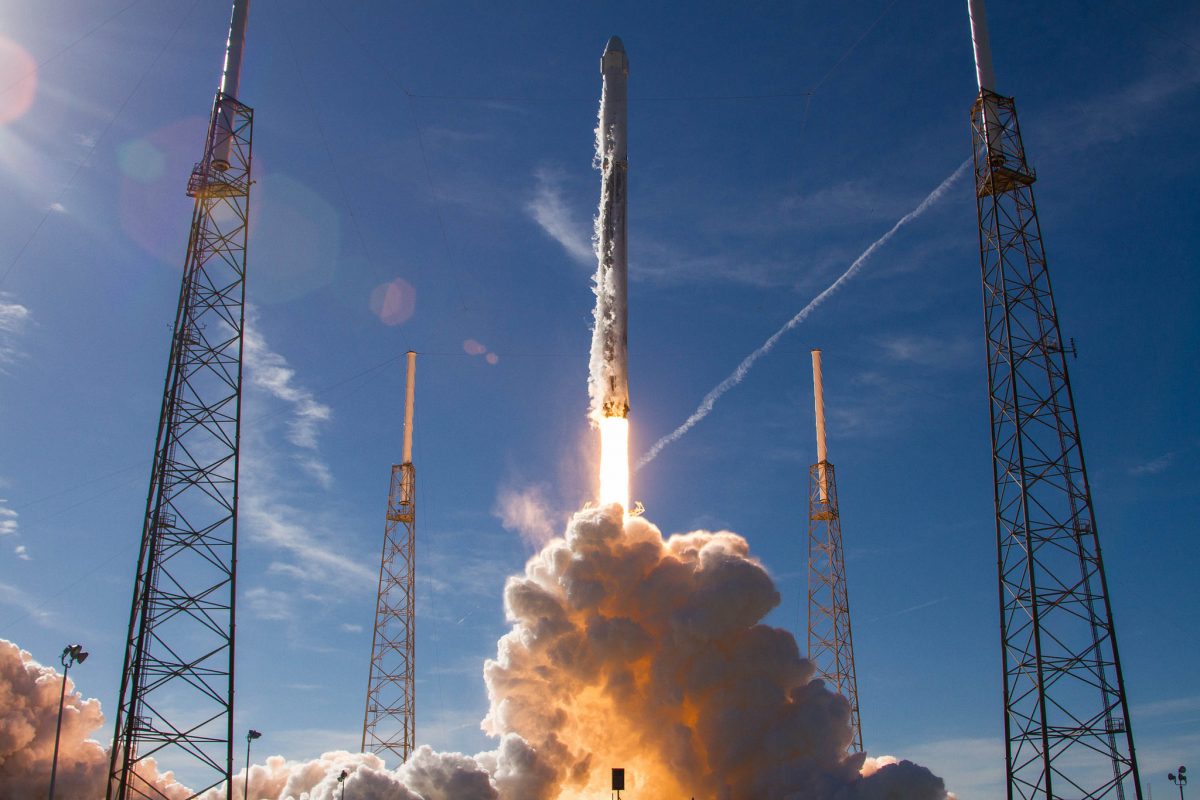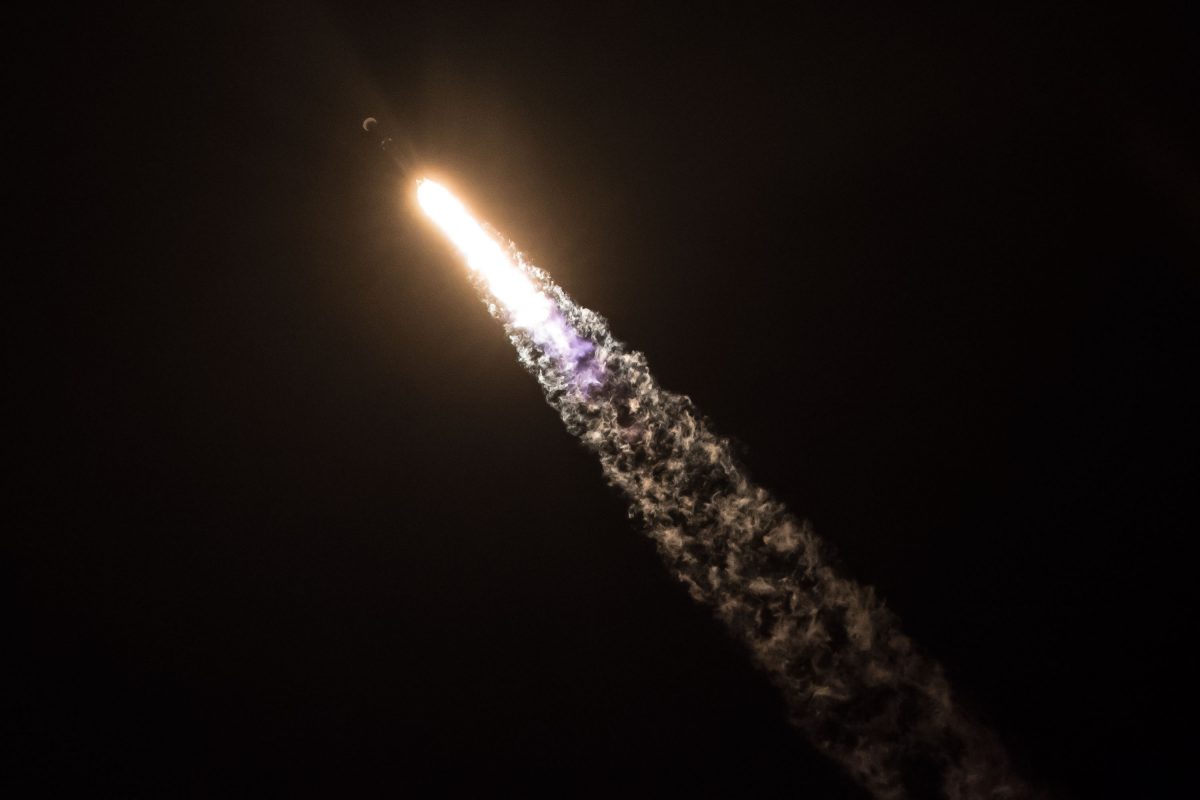SpaceX has had the honor of launching Earth’s first space mission of 2018!
Liftoff of Zuma occurred on Sunday, January 7th at 8:00 PM Eastern from Space Launch Complex 40. About 8 minutes after liftoff, the Falcon 9 booster came flying home for a touchdown on Landing Zone 1 at Cape Canaveral.
You can watch a replay of the launch below:
SpaceX’s first mission of the year is actually a launch held over from November 2017 and it’s SpaceX’s third completed national security mission. As usual, that means Zuma is top-secret in nature. We do know that veteran aerospace manufacturers Northrup Grumman built the secret spacecraft codenamed “Zuma” for a still-unknown branch of the military. The company’s name is printed on the Falcon 9 second-stage payload fairing.
“The Zuma payload is a restricted payload. It will be launched into Low Earth Orbit,” said Northrop Grumman. For comparison, the International Space Station is located in low-Earth orbit at around 250 miles above Earth’s surface. Anything floating around in space below 1,200 miles is considered a dweller of low-Earth orbit and its littered with spy satellites.
“The Northrop Grumman Corporation, together with SpaceX, is proud to be a part of the Zuma launch. This event represents a cost-effective approach to space access for government missions,” said a Northrop Grumman spokesperson. “The U.S. Government assigned Northrop Grumman the responsibility of acquiring launch services for this mission. As a company, Northrop Grumman realizes that this is monumental responsibility and have taken great care to ensure the most affordable and lowest risk scenario for Zuma.”
SpaceX has previously launched a secret spy satellite for the National Reconnaissance Office and a Boeing-built miniature reusable space plane for the Air Force. The company had to sue the Air Force in 2015 to end the monopoly on lucrative military contracts held by its one-time competitor United Launch Alliance.
SpaceX was the primary reason the United States led the world in orbital space missions last year––they themselves went neck-and-neck with the Russians. The private space exploration company founded by Elon Musk also doubled its launch record in 2017 with a mission manifest that included the first flights of a reusable rocket.
In 2018, the company is aiming even higher with 30 possible launches on their manifest for the year. And the ultimate goal? to reduce the launch to relaunch of a single Falcon 9 booster to 24 hours. With that lofty ambition, it’s time to get started.
The Zuma mission was originally delayed due to payload fairing issues SpaceX was experiencing with its Falcon 9 rockets last November. The issue has since been resolved and while the original launch was supposed to occur from Kennedy Space Center Pad 39A, it will now be moved to Pad 40 at Cape Canaveral Air Force Station. SpaceX brought Pad 40 back to life last December after rebuilding and upgrading it over the course of 2017. It was left in ruins after the Falcon 9 rocket (along with a customer payload) exploded before a mission in September of 2016.
Pad 40 will serve routine Falcon 9 missions while Pad 39A is being prepped for the Falcon Heavy demonstration flight. Elon Musk revealed on Twitter that a hold-down test fire of the Falcon Heavy’s 27 engines will occur next week with the much-anticipated demo launch occurring at the end of the month. Musk has implied that there’s a chance the rocket won’t make it to orbit and that a “win” will be not destroying pad 39A. “Excitement on launch day guaranteed, one way or another,” Musk tweeted.
The launch complex previously hosted the historic Apollo 11 launch as well as shuttle missions to assemble the International Space Station. NASA would be very unhappy if its tenant, SpaceX, destroyed the launch pad it leased to them for 20 years.
Image Credits: SpaceX









